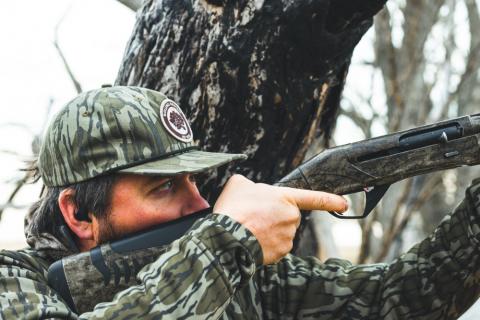Brodie Swisher
Shoot a bow long enough and eventually you’ll have an encounter with the dreaded beast named, Target Panic. Target panic can attack at any time, although it seems to be most common after archers find some level of success, be it through competition or success in the woods. There are countless symptoms of target panic, so I reached out to one of the best shooters in the country, Chance Beaubouef, for closer look at target panic, and how to cure it.
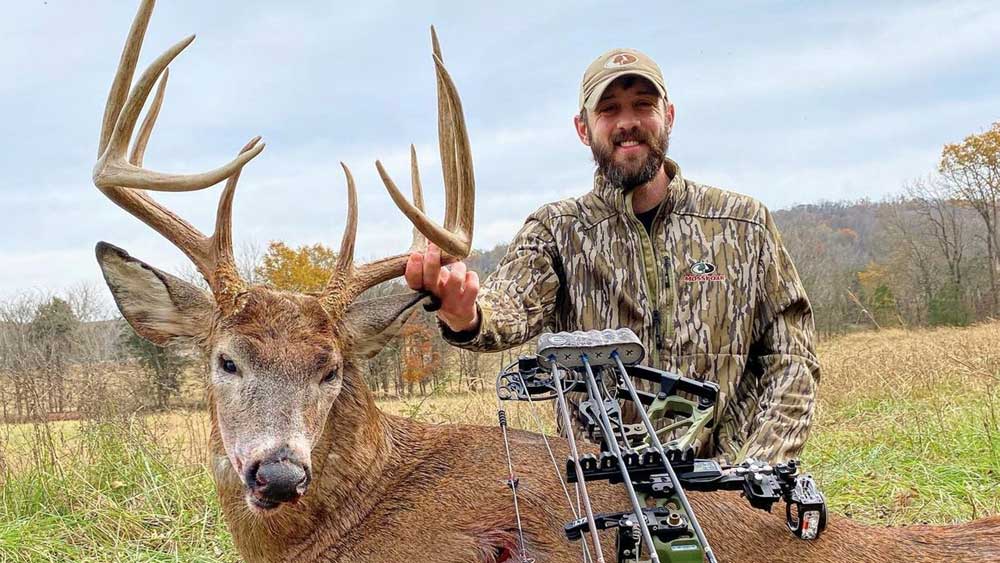
What is Target Panic?
“Target panic is basically the minds inability to hold the pin on the intended target and execute or squeeze the release without the feeling of anxiety,” said Beaubouef.
Look up the Wikipedia definition, and you’ll find - Target panic is a psychological—and perhaps neurological—condition experienced by many archers, both competitive and recreational. The condition has various effects on archers. Target panic was originally blamed on high levels of anxiety and a "fear of failure" but is now understood to be caused by the way in which the brain learns at a neurological level.
When Did Target Panic Occur for Beaubouef?
“When I began shooting, we didn’t have the access to as much information on how to execute a shot properly, or the fundamentals behind archery and what a correct shot process is,” said Beaubouef. “All I knew to do was shoot and shoot a lot. Well, if you haven’t got a good foundation, bad habits develop and grow quickly.
“I was still fairly early in my archery career, still shooting semi-pro at the time. My case of target panic got to the point to where I couldn’t hardly get my pin on the target before my anxiety was so bad I would punch the release without even being on the bale. I didn’t know how to fix the problem and really didn’t have access to anyone or information on how to help my issue. All I knew was I was either going to quit shooting archery, or find a way to fix it.”
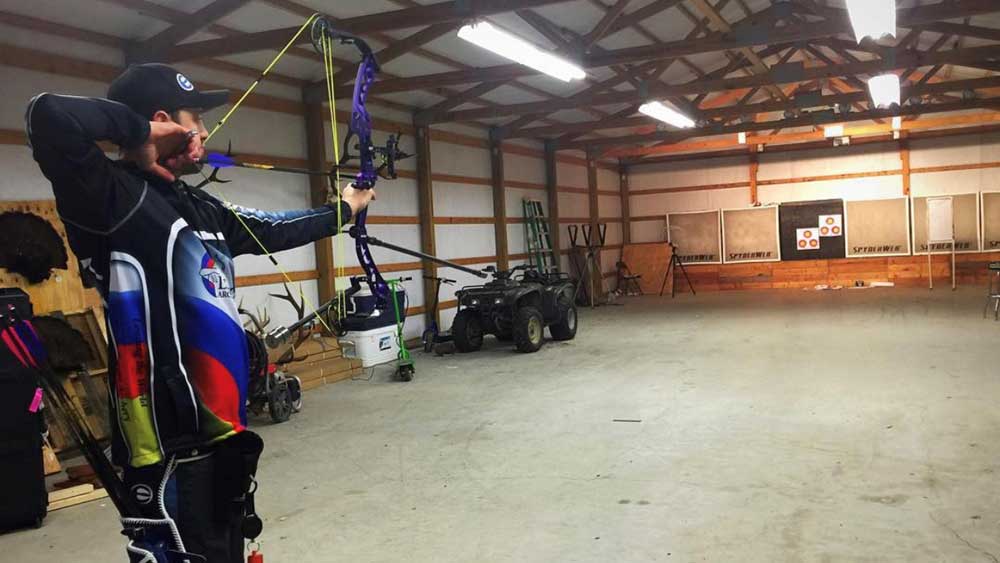
Why Does Target Panic Occur?
There’s no denying the impact target panic can have on a shooter, but where does it come from?
“I honestly believe that target panic is the product of not learning how to execute and the proper process for executing a shot,” said Beaubouef. “What I mean is, most archers go to a dealer, buy a bow, and begin shooting. Most people don’t seek out any sort of help on how to properly execute a shot or what the fundamentals are. So right out of the gate, 99% of archers are building bad habits. Archery is a sport of precision, and it’s all mental. Your conscious mind can only focus on one thing at a time. Ideally you want your conscious mind aiming during the shot. You don’t want your mind jumping back and forth from aiming to squeezing and back to aiming. This begins to create a sense of urgency during the shot. That’s where the panic sets in.
“When taught correctly, your subconscious mind is doing everything except aiming. You leave the aiming to your conscious mind, and that’s all you should be thinking while at full draw. Your subconscious is taking care of everything else. The trick is training your subconscious, and that requires patience.”
The Cure for Target Panic
Like most other archers that have battled through target panic, Beaubouef agreed that blank bale shooting is the solution toward recovering from the affliction. As mentioned above, it takes time and patience. But the final outcome is well worth the effort.
The bale routine should take place up close, within 5 yards of the target. The key is to learn the proper shot process and the proper steps you should go through mentally, before drawing the bow, and while at full draw.
“I knew that what I was doing was not working,” said Beaubouef. “I decided to start completely over. I got rid of all the trigger releases I had and got one hinge release. My case of target panic was to the point to where I couldn’t hold the pin on the target without feeling overwhelming anxiety, so I set the hinge where it couldn’t fire. I would practice at 10 yards. I would draw and aim, fight through the anxiety I was feeling, and be able to feel the hinge rotate while I was aiming. Knowing that the release couldn’t fire helped me go through the process.
“When I got to the point I could hold without feeling the anxiety, I moved outside, still not firing the bow. I would draw, aim, feel the release move, and I would aim until my sight picture began to break down. I would let down, and begin the process again.”
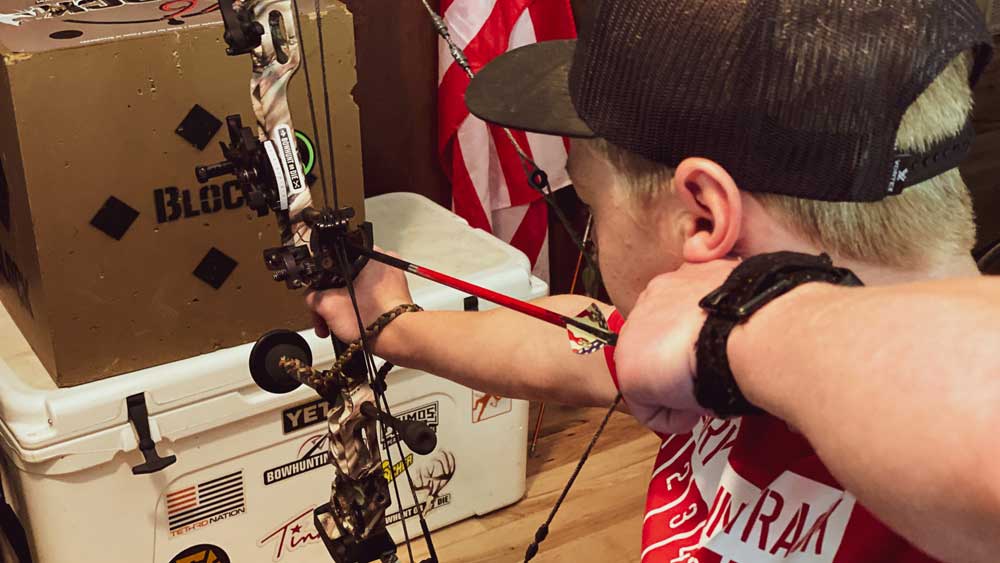
A Commitment to the Process
Overcoming target panic is not something you’ll do over the weekend. It takes a commitment to the process.
“I went through this process for months, not firing an arrow. This was the only way I knew to strengthen my mind and get my mind comfortable seeing my pin sit where I wanted it,” said Beaufouef.
When Beaubouef did finally begin firing arrows, he moved back inside. He started at 20 yards. The process was to draw, aim, close his eyes, and feel the shot. “I wanted to ingrain what the follow through and surprise of the shot should feel like,” he said. “I then began alternating shooting an arrow at a blank bale and aiming at a target. I would go back and forth between aiming and blank bale, arrow after arrow, trying to get the two shots to feel the same.”
To this day, Beaubouef continues to do drills and work on his mental side frequently to keep strengthening his shot and avoid allowing any flaws to creep in.
No Quick Fix
With technology the way it is these days, there’s not much we can’t fix in fairly short order. If you don’t know how, just watch a Youtube video, and you’ll be on your way in no time. However, that’s not the case with target panic.
Beaubouef said that he feels some 95-percent of archers and bowhunters struggle with target panic at some point. He sees it everywhere from local tournaments to indoor ranges to local pro shops and hunting camps.
“Most people want a quick fix or a magic pill to fix everything,” he said. “They think a new sight or a new bow will fix the problem. No one wants to take the time or make the effort that it is going to take to fix the actual problem. But if they only knew how enjoyable archery actually is when you don’t have the burden of target panic. It changes everything.”
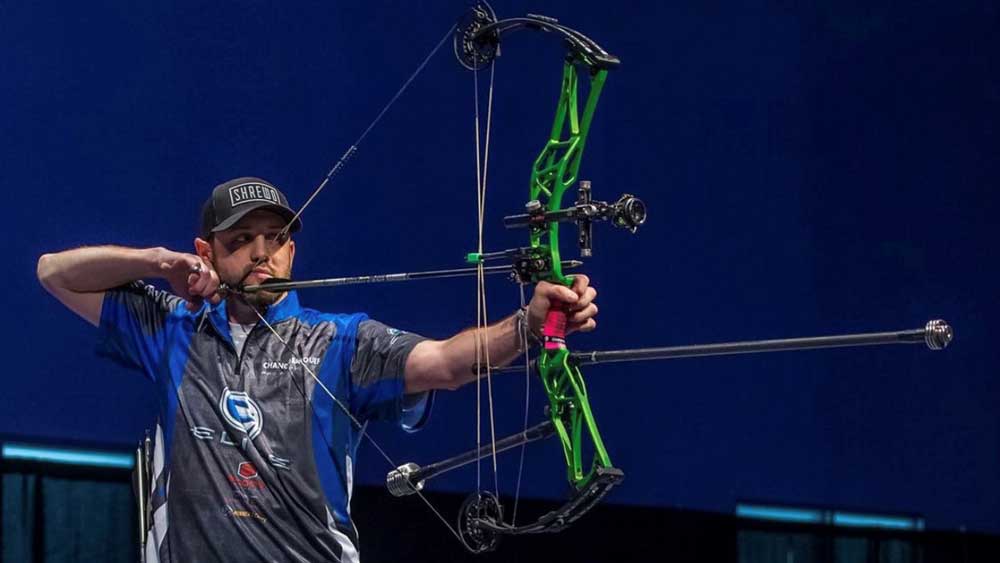
Conclusion
As archers and bowhunters, the pressure to perform in high stress situations is inevitable. However, having the mental strength to know you can execute during these high-stress moments is invaluable.
“It’s something we should all strive to be better at no matter the time or work it takes,” said Beaubouef.
What about you? Have you struggled with target panic in the past? Are you ready to do something about it? Try the steps mentioned above to help rebuild your shot routine, free of the panic that robs you of consistency shot after shot.















